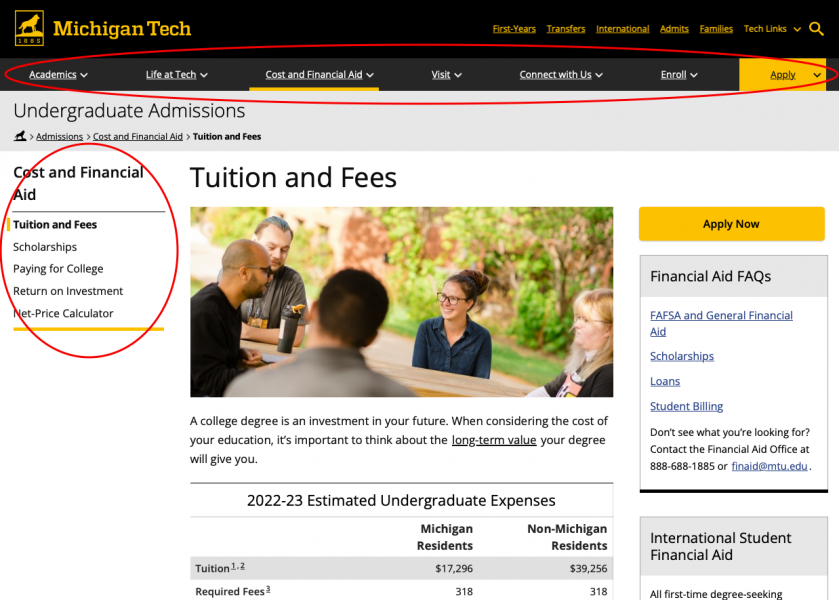You can publish content at a later date using the Scheduled Publish tool. A scheduled publish can only be canceled or modified by the user who set the schedule.
Scheduled Publish can be reached from the Schedule Publish tab inside the Publish window, by selecting Schedule from the Publish menu in More Actions on the Pages List View, or by selecting Schedule from the dropdown menu of the Publish button in the Page Actions Toolbar.


